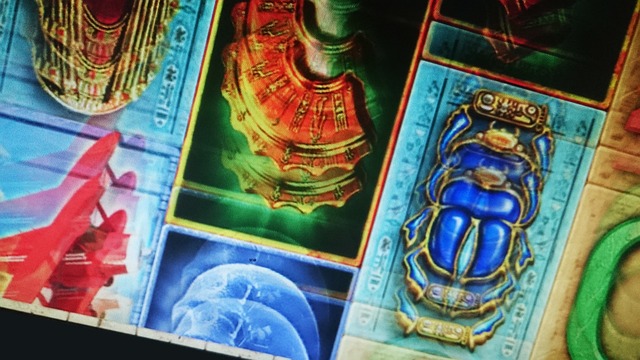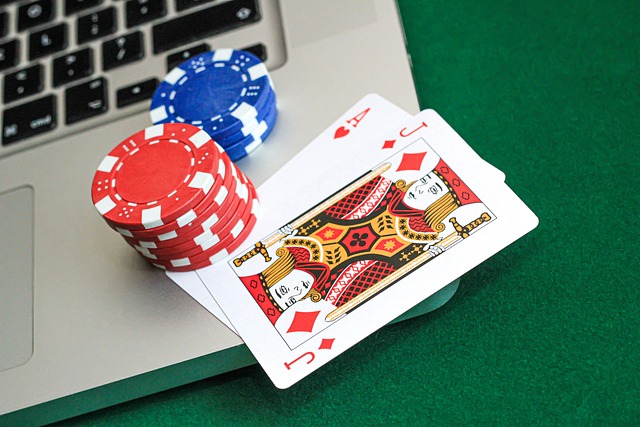Virtual reality (VR) is redefining how players interact with online casinos, offering immersive environments that mimic real-life casino floors. One of the most promising advancements in this space is haptic feedback, which provides tactile sensations to simulate touch, movement, and impact. By combining VR with haptic technology, casinos are creating experiences that engage multiple senses and enhance realism.
Haptic feedback bridges the gap between the visual and physical world. Instead of just seeing chips move or wheels spin, players can feel the actions, adding a layer of immersion that makes virtual gambling more engaging. Understanding the role of haptics in VR casinos helps players appreciate how technology can transform the way they gamble.
How Haptic Feedback Works in VR Casinos
Haptic technology uses vibration motors, actuators, and other devices to provide physical sensations in response to virtual interactions. In VR casinos, these sensations can mimic a variety of experiences, from the click of a poker chip to the spin of a roulette wheel.
Modern VR controllers often include built-in haptic engines that provide precise feedback. Some advanced systems also incorporate haptic suits, gloves, or vests, allowing players to feel more subtle interactions like the movement of cards or the vibration of slot machines. This multi-sensory approach enhances engagement and can make gameplay more intuitive.
Benefits for Player Engagement

Haptic feedback offers several advantages for enhancing player engagement in VR casinos.
- Realistic Sensations – Players feel physical responses to their actions, creating a stronger sense of presence in the virtual environment.
- Improved Interaction – Tactile feedback makes it easier to judge distances, timing, and actions during gameplay.
- Increased Immersion – Engaging multiple senses deepens the sense of being “in” the casino, which can enhance enjoyment and focus.
These benefits contribute to a more lifelike and satisfying gambling experience, which traditional online platforms cannot replicate.
Applications in Different Casino Games
Haptic feedback can be applied across various casino games, tailoring sensations to each activity:
- Slots – Vibrations mimic spinning reels, jackpot triggers, and button presses.
- Poker and Table Games – Subtle tactile cues simulate card handling, chip stacking, and dice rolls.
- Roulette – Players can feel the ball roll and land in pockets, enhancing suspense and realism.
- Live Dealer Games – Haptics simulate interactions with the dealer, chips, or game table for a more interactive experience.
By matching tactile feedback to game mechanics, VR casinos create a more authentic environment that engages players more deeply.
Challenges and Considerations
While haptic technology improves immersion, it comes with challenges. High-quality haptic devices can be expensive and require compatible VR hardware. Additionally, extended use may cause fatigue or discomfort if not designed ergonomically. Developers must balance realism with user comfort to avoid negative experiences.
Another consideration is accessibility. Players with limited mobility or sensory sensitivities may not benefit fully from haptics. Offering adjustable intensity or alternative feedback options ensures that VR casinos remain inclusive while leveraging the technology effectively.
Future Prospects

The combination of VR and haptic feedback represents the next step in immersive gambling. As technology advances, haptic devices will become more sophisticated, compact, and affordable. Players may soon experience casino environments that are nearly indistinguishable from real life, complete with tactile interactions, environmental vibrations, and responsive objects.
This evolution will likely influence player expectations and shape how online casinos design games and platforms. Early adoption by leading VR casinos positions them to capture players seeking a premium, multisensory gambling experience.
Conclusion
Haptic feedback in VR casinos significantly enhances immersion, interaction, and realism, creating experiences that traditional online platforms cannot match. By engaging multiple senses, players can feel chips, cards, reels, and more, making virtual gambling more compelling. While challenges remain in cost, ergonomics, and accessibility, the future of VR casinos with haptic integration promises a transformative, multisensory gambling environment.
